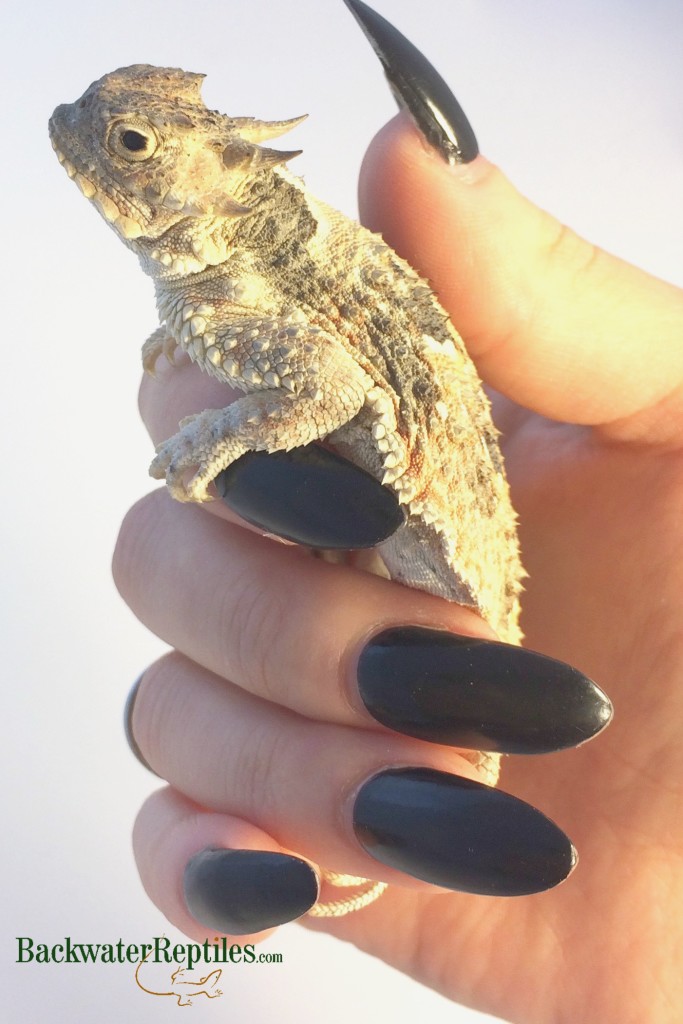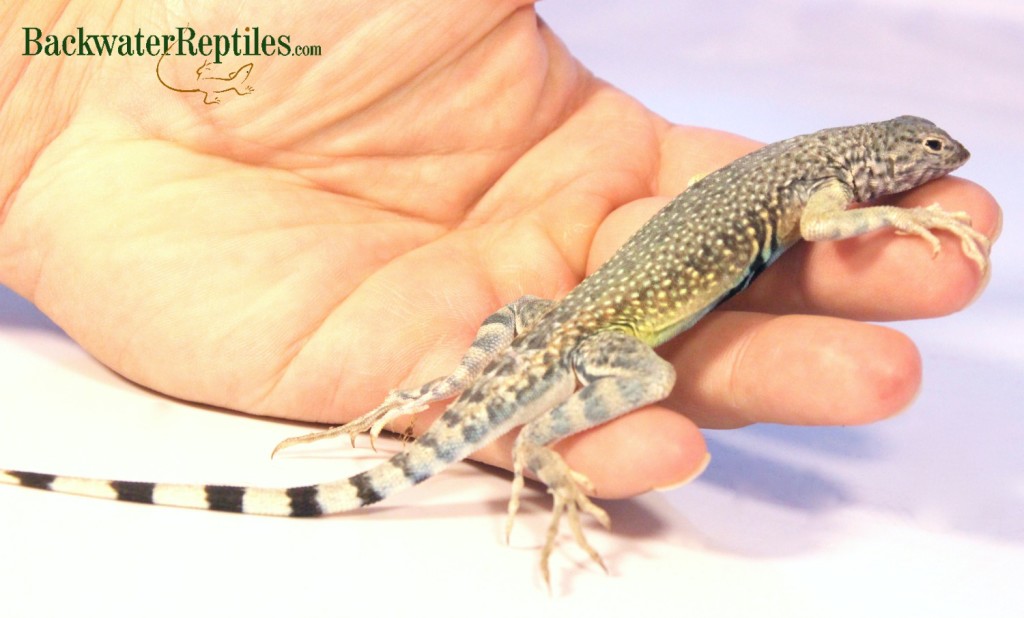Lizards make great pets, but there are so many species to choose from that it can be hard to know which type is best for you.
At Backwater Reptiles, we’re of the opinion that desert dwelling lizards generally have the simplest care requirements. What’s more, most species that come from similar habitats have essentially the same husbandry needs.
In this blog article, we’ll discuss our list of the most popular pet desert lizards.
Leopard Gecko (Eublepharis macularius)
The leopard gecko likes to make appearances on just about all of our “list” blogs. That’s because it’s seriously one of the best pet lizards out there no matter what list category it’s in!
Although it is a desert lizard, it’s so simple to care for a leopard gecko that you don’t even necessarily need to provide a desert, sandy substrate to line your leopard gecko’s cage. We do recommend something a bit fancier if aesthetics are important to you when creating a habitat, but just know that leopard geckos can and will do just fine with paper towels as a substrate. Just be sure to provide hiding places.

The main reason we’ve placed the leopard gecko at the top of this list is because it is such a versatile lizard when it comes to appearances. Due to captive breeding efforts, leopard geckos are available in a seemingly endless variety of morphs! They can be red in color, extremely large (i.e. jumbo), or even pure white. People love being able to show off their leopard gecko’s unique patterns and we don’t blame them.
Desert Collared Lizard (Crotaphytis bicinctores)
Desert collared lizards are so named because they have crisp white and black bands around their neck that make them appear to be wearing a necklace or collar.

People enjoy keeping desert collared lizards as pets because they tend to be curious and inquisitive by nature. This means they’re not overly shy or too skittish.
Collared Lizards will require high temperatures to stay healthy and basking lights to provide them with access to the full UV spectrum. We recommend investing in a good thermometer to monitor cage temperature along with some heating pads and UV clip lights.
Desert Horned Lizard (Phrynosoma platyrhinos)
It can be somewhat tricky to keep a desert horned lizard, so we recommend them for herp hobbyists that have a moderate level of experience keeping lizards.
Because they eat mainly ants in the wild, you will either need to procure ants to feed your desert horned lizard, or purchase a supplement that gives them the formic acid required to keep them healthy.

Horned lizards have relatively laid back personalities, which makes them fairly popular pets. For the most part, they aren’t stressed out by being handled, which means they can be fairly interactive pets once they’ve become acclimated to you.
Zebra Tailed Lizard (Callisaurus draconoides)
People love zebra tailed lizards because they have some pretty unique behaviors. These long-limbed and long-tailed lizards are known for running on their back legs to evade predators. They also perform elaborate “dances” when the sand they sit on gets too hot. They will raise two legs while keeping the other two on the ground and alternate so that they avoid overheating.
One thing to keep in mind if you want a pet zebra tailed lizard is that because they are very active, you should give them a relatively large enclosure, even though the lizards themselves don’t get too large. Adults should get a 55 gallon tank with a wire top so that they have space to scuttle about and get exercise.

In addition to boldly striped tails and colorful underbellies, you’ll notice that zebra tailed lizards also have cute turned up “shovel” noses. They use these noses and their long limbs to burrow into sand at night to stay warm or hide from predators.
Conclusion – Most popular pet desert lizards
Because the main care requirement for a desert dwelling lizard is heat, warmth, and UV exposure, we feel that they are one of the easiest types of lizards to maintain in captivity.
Pet leopard geckos, pet desert horned lizards, pet zebra tailed lizards, and pet desert collared lizards are all rewarding choices if you’re in the market for a desert dwelling species.
